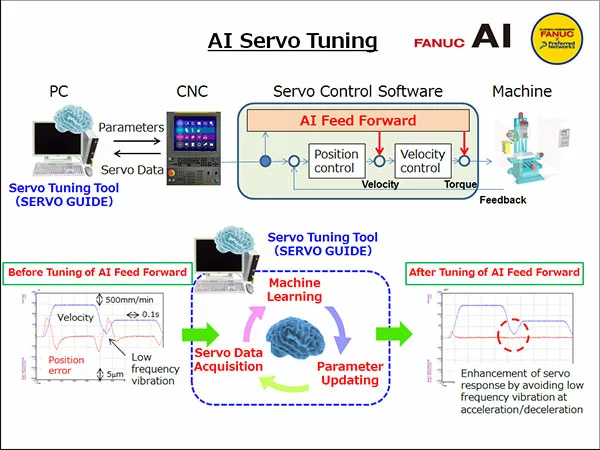What is the Impact of Artificial Intelligence on Everyday Life?
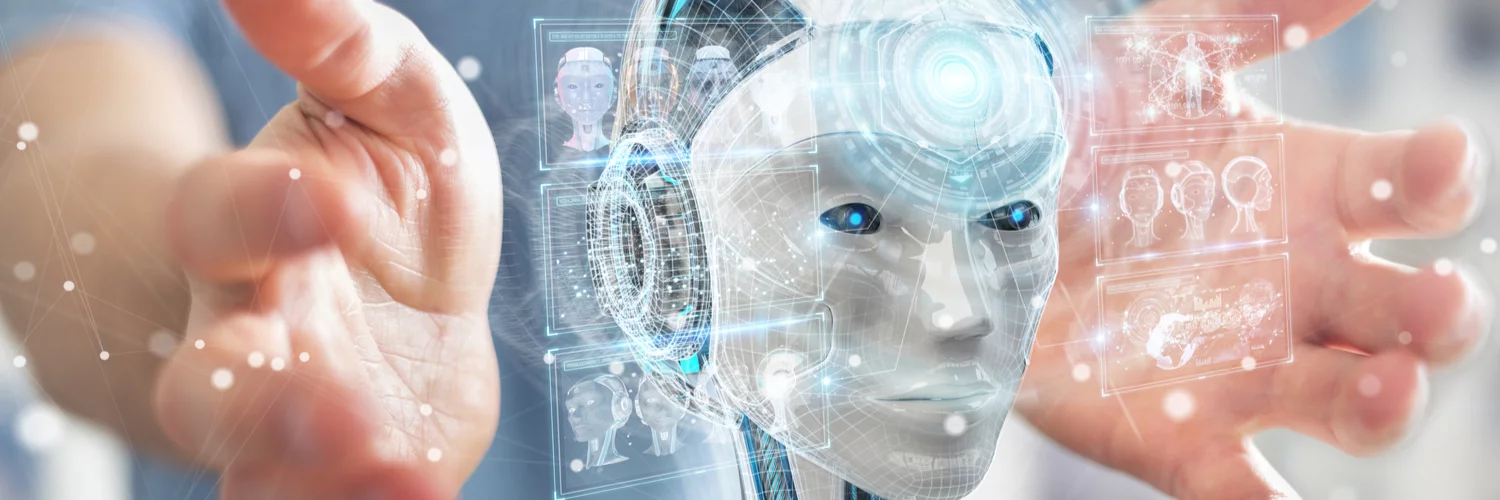
It’s evident that the uses of artificial intelligence in our daily life are gaining momentum. Almost every sphere of our activity is influenced by algorithms that are able to surpass human-level performance. This fact caused an avalanche of changes affecting every aspect of our lives: lots of startups have sprung up all over the world, gods of the industry have started investing billions of dollars trying to become a unified development center.
So, let’s take a look at the benefits which we can gain from AI, analyze the current state of affairs, and discover future perspectives of its evolution. By the end of this article, you will have a clear understanding of such a powerful tool’s importance and how AI will affect our life in the future.
Long way to rise
Before answering the question of how artificial intelligence is used in everyday life, let’s briefly review the history of AI as it’ll allow us to grasp the complete picture of AI formation. This technology has a dramatic story of rises and falls, with its roots going down deeper than can be imagined.
The first ideas related to the possible usage of artificial intelligence in life appeared a long time ago in antiquity in forms of myths and stories about mechanical creatures created by skilled craftsmen. For instance, Greek mythology tells us about the ancient god Hephaestus known as a genius inventor and blacksmith. It was believed that this forgotten god had created the first robot named Talos. This creature was supposed to protect Crete from any enemy, and it had a body structure similar to humans.
Despite its similarity to the human body, Talos was capable of doing things not inherent in any human being; namely, he could turn into fire. According to myths, the creature’s end wasn’t so bright as Greeks were fearful of his power. Talos died being killed by Medeia because his desire for immortality was going out of control.
Antique stories also contain information about mechanical creatures called automatons, who were supposed to help people do their work. It’s possible to find such creatures in Greek stories (automatons created by Daedalus, Hephaestus), Chinese mythology (mechanical men) and, Jewish texts (mechanical throne of Solomon).
All these myths and legends mean that humanity was always interested in any form of artificial intelligence since the beginning of time. This interest can be explained by willing to automate work and create something that is able to do things that are impossible for mere mortals. Together with the main idea of AI, ancient cultures created the rule which had to be strictly followed: AI mustn’t get out of control.
AI was born in 1956 during the Dartmouth conference. During the 20th century, AI faced lots of falls and rises. Lack of data, slow computers, high expectations, and wrong paradigms resulted in several events called AI winters. A small amount of collected information caused a lack of data, scientists tried to develop a strong AI requiring dozens of data; even the late expert system was very hungry for data. The low performance was caused by slow computers; they didn’t have graphics processing units (GPUs) or powerful central processing unit (CPUs).
Expectations were so big because of the funds and enthusiasm of scientists; they didn’t expect such complex problems. One of the main reasons why AI failed is a Symbolic AI and its paradigm. Researchers thought that people operated by symbols and words; hence, they tried to use such an approach for machines. Despite all these negative results, that century created a base for new technologies. Biology investigations allowed us to build neural networks; expert systems, in turn, gifted us a machine learning and a knowledge-based approach.
Further development of algorithms and hardware allowed AI to rise again in the 90s, and now we are witnessing a new and powerful AI summer.
Modern AI summer
Improvements in hardware allowed to build and test more powerful algorithms than ever before. It opened the door to new experiments and future breakthroughs in the AI sphere. Such a leap can be described only by one phrase: AI has overcome humanity. It can be noticed in areas such as natural language processing (NLP) and computer vision (CV). People were always better in processing visual and textual information. However, AI has reached a point where it can do the same things without any error.
Lots of companies are investing their money in this industry, and startups spring up all over the world, offering new and unexpected ways of using AI. For instance, Microsoft has recently invested one billion dollars into OpenAI to form a partnership for new Azure AI technologies development.
However, even though new programming libraries allow us to develop AI applications without any preparation, the industry lacks specialists drastically. The modern algorithms owe their success to a significant amount of available data. Hence, let’s take a look at the phenomenon of large amounts of data and the techniques for its processing.
Big data
What does big data mean? This term describes not only the zettabytes of data but also the tools for its processing. Some time ago, people didn’t have such a big amount of data, so data scientists were limited in their attempts to build a good algorithm requiring big chunks of data.
However, nowadays, we have access to any desirable data. As a result, we can test our algorithms on large sets of data. Since big dataset doesn’t always mean a good algorithm, it’s also required to have tools which are able to process a vast amount of data, such as Spark, Hadoop, Storm, etc. They allow us to extract all the information we require from chunks of unprocessed raw data.
Having made an acquaintance with the industry, let’s proceed to its influence on our lives.
Uses of artificial intelligence in daily life
The most crucial question to ask ourselves is how artificial intelligence impacts every day of our life? To answer it, let’s overview AI implementation in major areas of human life.
Healthcare
Although AI can use sophisticated algorithms and methods to simplify work for physicians, it will never replace them in the near future (AI isn’t able to generalize to the whole amount of tasks yet). On the other hand, AI can already replace real doctors in some particular areas (radiology). The big boom of medical data allowed us to build tools that can extract hidden data granting doctors possibilities to make more accurate decisions.
All this collected data will eventually lead us to the era of deeply personalized treatment where everyone will be treated according to a personal dynamic profile.
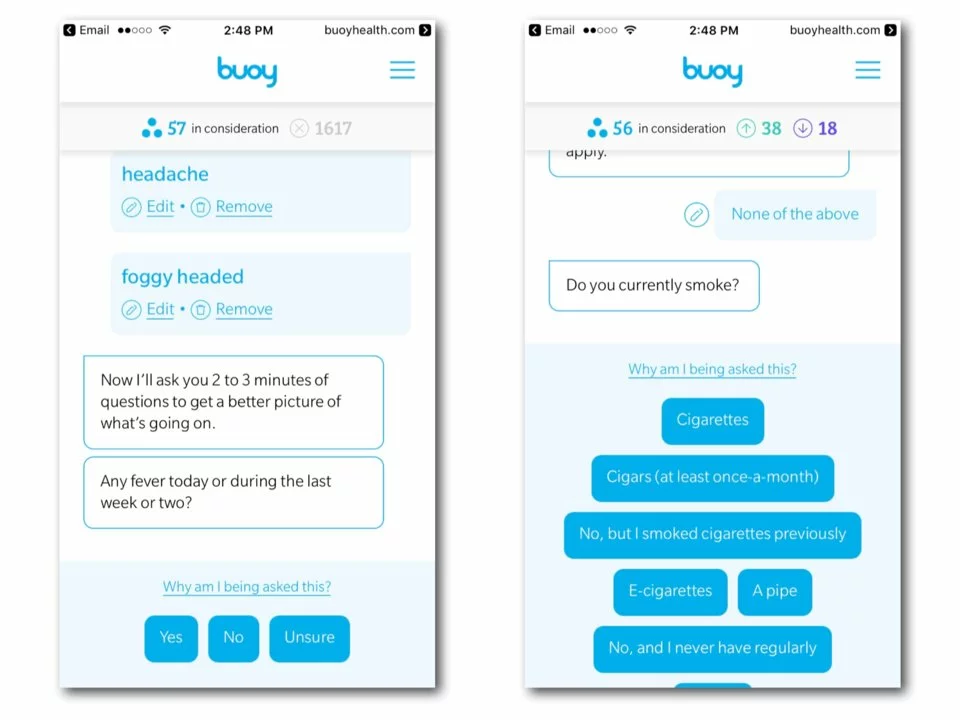
Nature protection
Some organizations have already introduced AI as a system that can predict and localize accidents of different kinds. For instance, AI is widely used to localize and predict a forest wildfire. It assists in saving both nature and money because it has become possible to prevent a wildfire or at least stop it as soon as possible.
Another good example is using AI as a pollution detector. Researchers from Stanford University developed a system that can recognize large animal facilitiesthat pollute water and air, and it will allow governments to do better management of the agricultural industry and reduce the harm caused by such facilities.
Business
Nowadays, among various uses of artificial intelligence in daily life, business sphere is the one where AI can bring a plethora of benefits. Firstly, AI is creating lots of working places for talented people from the whole world, giving them a chance to contribute to a common future. Such working places are represented both by long-established jobs and newly created ones.
Regarding the former, they include different sorts of programmers, managers and scientists. Considering the latter, AI contributed to the emergence of data engineers, and data scientists who operate complex data structures and create large algorithm ensembles.
Considering practical use cases, they depend on the type of business. For instance, recommendation systems give you possibilities to build a profile of business clients and recommend them something that will meet their needs. Such systems are widely used by different kinds of retailers (Amazon), streaming platforms (Netflix), and advertisement platforms (Google). These algorithms are based on the idea that similar people like similar products. Despite its simplicity, this idea made a great breakthrough in the world of online commerce.
Neural networks for making decisions and predictions are becoming increasingly popular. For example, Google uses AI to check Play Market applications; banks use algorithms to determine whether credit should be approved or not; logistics use AI to optimize their delivery management. For instance, Tesla integrated AI into their business to create self-driven innovative cars.
Such networks require dozens of data, but after being properly trained, they can replace even a whole department of decision-makers. This fact is one of the crucial reasons why AI is becoming so useful in business. Moreover, it can help minimize the consequences related to a human factor since algorithms have fewer chances to make errors in comparison with people.
Another good way of AI implementation is to exploit it as a tool for the analysis of the market dynamics and prediction of changes within it. Such technology will enable people with simplified ways to find unrecognized and hidden trends that will give a huge advantage over other business competitors.
Entertainment
Almost all modern phones have an inbuilt smart assistant based on ideas and technologies of artificial intelligence. Modern assistants can not only understand you but also support a conversation, and this ability is improving with each new version. Also, such innovative technology as chatbots that can keep a conversation with a human resulted from complex researches in the area of Natural Language Processing too.
The recent breakthrough in generative adversarial networks gave machines an ability to copy artists so that it becomes tough to differentiate artificial art or photos from real ones. Neural networks can generate very realistic images, videos, and music starting a new industry of generated art. This fact also played a black joke by giving birth to deepfakes. Deepfakes are so detailed that governments and companies spend tons of money to fight this phenomenon because of its possible harm.
Another good example of an entertainment AI is a neural style transfer. It allows transferring the style of one image to the content of another one. This technology resulted in the emergence of highly popular attractive filters widely used by a variety of applications.
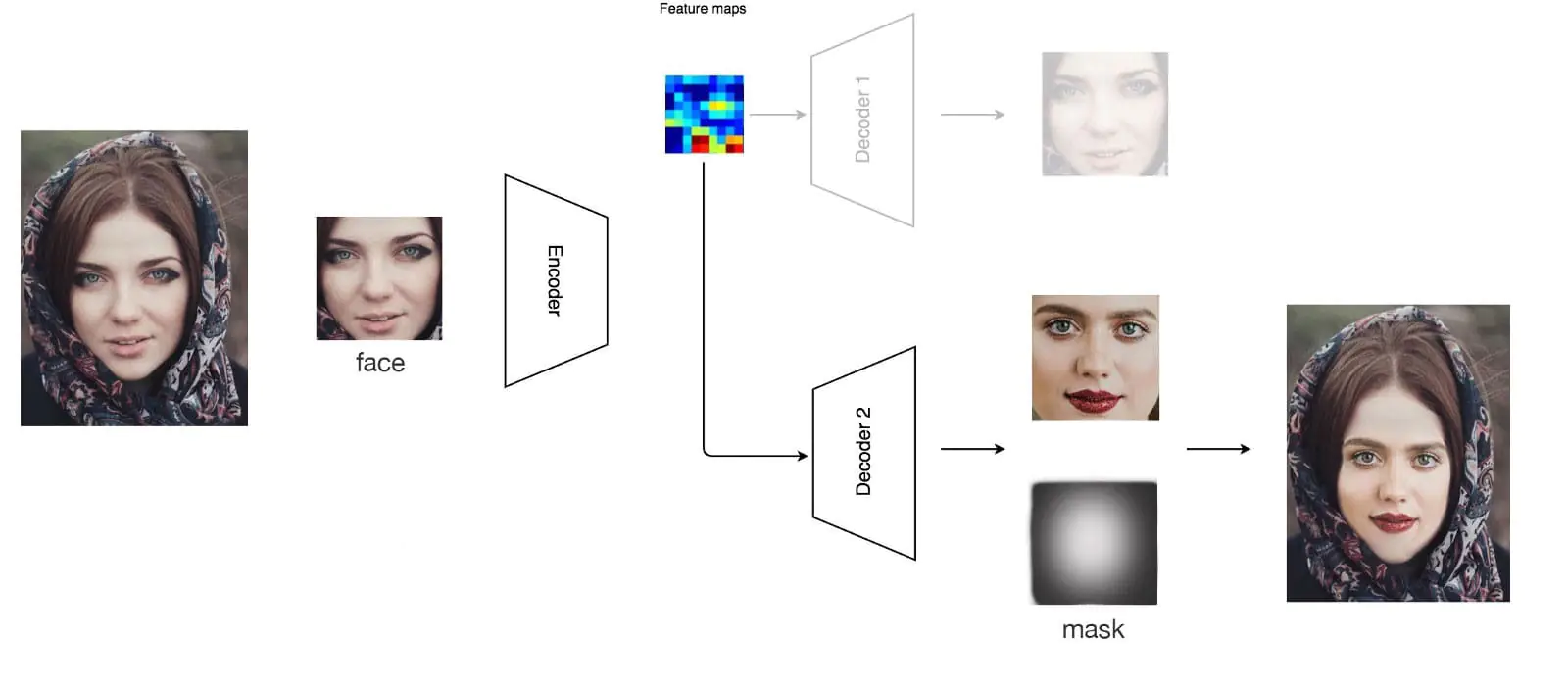
Manufacturing
A human factor and different sorts of frauds are the main cause of manufacturing accidents. It’s possible to reduce it by implementing smart data-driven algorithms that will automatically check all sensors and control the process of manufacturing that may result in saved money, products, and possibly human lives.
It can be useful not only to find and detect fraud but also to predict its appearing to protect manufacturers from possible asset failures. It will also greatly reduce the chance of costly downtime and extend the remaining useful life of the equipment.
Robotics giants have recently shown robots that have an embedded AI that can be trained. The integration of such AI-driven robots can result in a more accurate manufacturing process. Such improvement can completely replace people since robots will be able to work without any human intervention, and in the case of some failure, they’ll retrain themselves.
Education
It is a well-known fact that people learn differently. Learning speed depends on many parameters that vary from person to person. Someone can be skilled in analytical thinking and use the left part of the brain while others can be very creative and great speakers thanks to the ‘right part’ of the brain. Even this difference makes an inflexible curriculum very harmful for students as they can lose their interest in learning something because of their physical incapability to understand educational material in some form.
Fortunately, artificial intelligence can solve this problem by providing both flexible curriculum and educational materials, which will adapt according to a student’s profile. Such a system will greatly increase the quality of education due to its personalization. As a result, students will be able to study according to their initial skills, capabilities, and habits.
AI can help educators as well with their organizational activities. For instance, AI can help to communicate with both parents and students, automize grading and organization activity; it will allow educators to concentrate their attention on educational processes and direct communication with students rather than wasting time on irrelevant things.
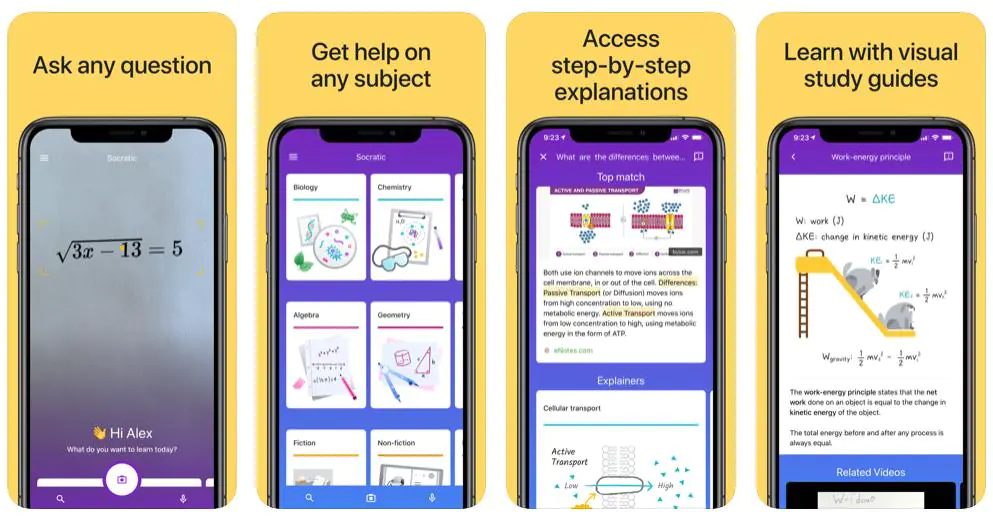
Science
In addition to observation and simulation, generative modeling became the third scientific approach to discovering the world. This method questions how likely it is to observe Y when you have some X solely. Generative modeling takes some data and breaks it into minimal elements, namely, latent spaces. Scientists can understand physical processes occurring in a system by manipulating such latent spaces.
Such an approach looks very similar to the simulation, but the difference is significant. If you take on the second approach, you have basic assumptions about some system, and you test them using a simulation. In generative modeling, you have nothing except your data, and you want your data to describe its internal processes and dependencies.
Remarkable progress was made in the sphere of drug development. A drug development process takes years and costs billions of dollars. It also requires lots of testing that starts on animals and then proceed with patients. Such procedures are required to find different side effects that are likely to appear during the development.
The good news is that AI can predict and model the patient’s reaction to a particular drug. It can also be used to generate data or learn something new about the disease. There are already 186 startups aiming to help pharmacology develop new drugs faster for a lower price.
For instance, one of the most famous cases of AI usage in science occurred in the astronomy area when “Deep-CEE” (Deep Learning for Galaxy Cluster Extraction and Evaluation) was created for a more accelerated process of finding galaxy clusters.
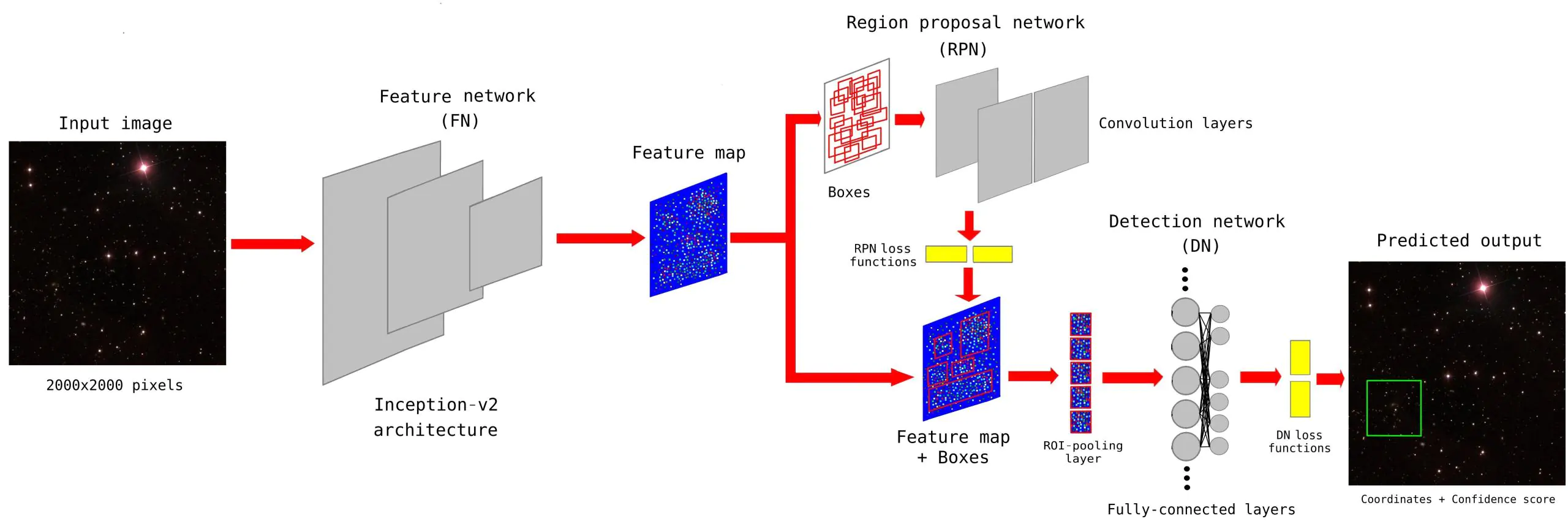
Military
AI usage is the most dangerous in this sphere because of possible misuse and risks related to it. Many countries believe that military AI may begin a new era in warfare. For instance, the U.S. has a big amount of AI military programs starting from smart drones and ending with AI-driven military ships. It should be noticed that the UN tried to ban autonomous weapons in 2017 but failed because of lobbying by big AI players such as the U.S., Russia, Israel, China, etc., which believe that it’s too early to speak about possible harm from autonomous weapons.
Military AI is widely implemented in autonomous spy drones for both object detection and target destruction. For example, the U.S. developed a new advanced drone named Black Hornet, serving as a personal spy. Another example of AI-driven military tools is the Sea Hunter autonomous ship that is designed to operate without any crew.
AI also caused controversy in the hi-tech sphere. For instance, Google employees assigned a petition asking Google to cancel the contract for the project named “Project Maven.” This protest shows us that even AI developers are against using their work as a tool for the military industry.
Risks and concerns
Despite a huge impact of artificial intelligence on everyday life and its endless benefits, AI has its risks for business. They are strongly related to the current state of the industry and its development. They also can be grouped in accordance with the following four aspects:
-
- Complexity
AI algorithms are considered very complex and vary from problem to problem. Hence, they require highly educated developers and scientists for development and maintenance. However, remarkable progress in the industry resulted in the appearance of multiple high-level frameworks that don’t require strong knowledge, such as Keras, TensorFlow, Caffe, etc.
-
- Cost
This problem intertwines with the previous one. High complexity resulted in a higher price and a lack of developers. Also, a high price depends on the computational complexity of modern algorithms and the accessibility of data required to train such models. Considering the computational complexity, it’s not possible to reduce its influence on hardware. It’s some complexity-performance tradeoff. Lower complexity results in lower performance and price, while higher complexity results in higher performance and price.
Regarding the data price, it was a problem of previous years when there were no open datasets and companies selling collected data. On the other hand, some industries require very domain-specific data resulting in a higher price — the emergence of high-level frameworks allowed to reduce the cost by increasing the amount of available AI developers.
-
- Time
AI projects require a huge amount of time to be developed because of model development and training processes. It’s possible to reduce the time by using pre-trained models and open datasets. This problem is also directly related to the complexity of the algorithm as higher complexity requires more time to develop. It means that the complexity reduction will also impact the required time.
It should be noticed that all AI projects bring long-term benefits; however, not all businesses are able to wait until AI returns all invested money.
-
- Quality
Model quality depends on many parameters, such as an amount of data and complexity. Early models and AI techniques were elementary to catch all connections between data and give a good result. Recent advances in algorithms allowed AI to surpass human-level performance. However, there are still such tasks that can’t be automated even by artificial intelligence.
Our vision on the future of artificial intelligence
If you ponder over the eternal question of how artificial intelligence will affect your life in the future, the answer will still remain unclear. Undoubtedly, AI is going to start a new era of human development and relationships. This era will cause drastic changes in every sphere of human activity by replacing people working on low paid routine jobs, granting us the possibility to make smart decisions and concentrate our attention on something that matters.
The process of transformations isn’t quick and requires some time. It may even seem dangerous, as something that can threaten humanity because of its unlimited possibilities.
However, if we dig deeper and realize how AI helps us in everyday life, we will see that such fear doesn’t have any ground; people are always afraid of something they don’t understand and something that brings noticeable changes to their lives. It is possible that in the near future, humanity will realize a number of advantages that AI gives us. AI will become an essential part of our lives; it will control our healthcare, entertainment, education, and security industry.
The phenomenon of ‘Strong AI’ should also be mentioned here. It’s a special type of artificial intelligence with cognitive capabilities that aren’t lower than ours. Such technology was a core of the first AI ideas, but over the years, scientists switched to the ideas of domain-specific AI (expert machines) due to its simplicity. Strong AI requires lots of computational power and investigation in computer science, math, biology, and that’s why it’s impossible to build such type of AI currently.
Conclusion
The evolution of AI has gone a long and thorny path. However, its development resulted in beneficial AI implementation in our daily life. The further destiny of AI is rather promising but still unpredictable. Hence, if you have a new brilliant idea about implementing such technology in your business or just would like to share your thoughts on this topic, then don’t hesitate to contact us. Let’s look into the bright AI future together!



